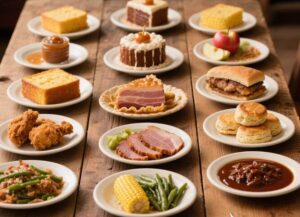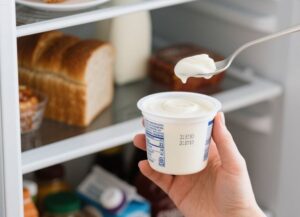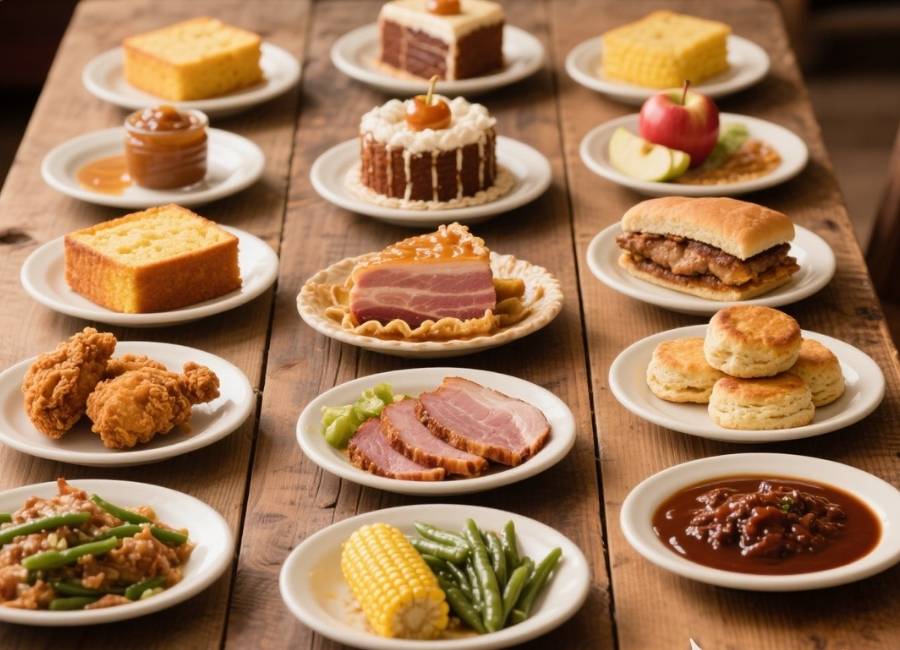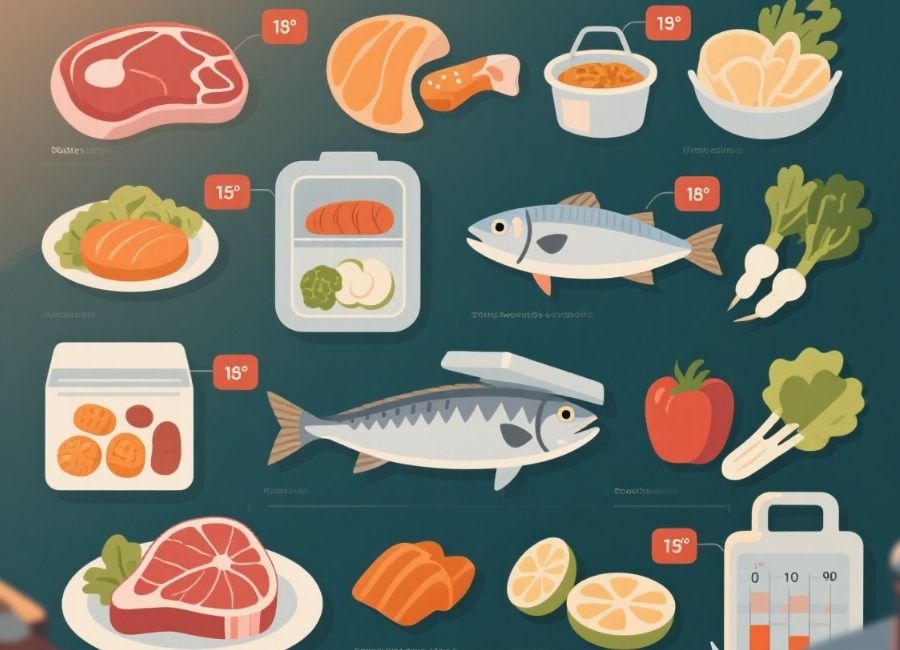Understanding the relationship between pounds and pints can be tricky because it isn’t a straightforward conversion. While both are units of measurement, they measure two entirely different things. Pounds measure weight (or mass), while pints measure volume. The relationship between the two depends heavily on the substance being measured.
If you’re here to find out how many pounds are in a pint and why the answer isn’t always simple, you’re in the right place. This guide will break it all down, provide commonly used conversions, and explain when and how to apply them.
Why Pounds and Pints Are Not Interchangeable
Pounds and pints measure different properties.
- Pounds (lb): This is a measure of weight or mass. It tells you how heavy something is.
- Pints (pt): This is a measure of volume and is used to describe how much space a substance occupies.
Because they measure different things, the conversion from pounds to pounds depends on density, which is the amount of mass per unit volume of a substance. For example, a pint of milk has a different weight than a pint of honey because honey is denser than milk.
The formula to figure out the weight (in pounds) of one pint of any substance is:
Weight (lb) = Volume (pints) × Density (lb/pint)
Now, let’s break this down further with real-world examples.
One Pint of Water

Water is the gold standard for these types of conversions because it has a density of approximately 1 pound per pint. That means 1 pint of water equals 1 pound. This only applies at room temperature, as changes in temperature can slightly alter the density of water.
If you’re measuring water-based liquids like milk or juice, this conversion is often close enough to apply without issue.
Densities of Common Substances
For other substances, you may need to adjust the conversion depending on the density. Here’s a look at how many pounds are in a pint for different ingredients or liquids:
Food and Liquids:
- Honey: Honey is much denser than water, with about 1 pint weighing 1.5 pounds.
- Milk: Depending on its fat content, milk weighs approximately 1.03 pounds per pint.
- Vegetable Oil: Vegetable oil is less dense than water, with 1 pint weighing about 0.91 pounds.
Dry Ingredients (Flour, Sugar, etc.):
Dry substances are trickier since “a pint” of flour or sugar depends mainly on how tightly packed the material is. However, to give you a general sense:
- Flour (All-purpose): 1 pint weighs about 0.6 pounds.
- Granulated Sugar: 1 pint weighs about 0.9 pounds.
Keep in mind that these weights can vary slightly based on how sifted, compacted, or aerated the ingredient is.
US vs. UK Pints

It’s worth noting that pints aren’t standardized worldwide, which can add a layer of confusion when converting to pounds. How pints are measured varies between the United States and the United Kingdom.
- US Pint: 1 US pint = 16 fluid ounces (approximately 473 milliliters).
- UK Pint: 1 UK pint = 20 fluid ounces (approximately 568 milliliters).
The difference between the two means that a UK pint of milk, for instance, will weigh more than a US pint of milk simply because it holds a larger volume. Keep this in mind if you’re using recipes or conversions that reference pints from different systems.
When to Use This Information
Knowing how many pounds are in a pint is especially useful in cooking, DIY projects, or scientific measurements. Here are some everyday situations where this info comes in handy:

- Cooking and Baking: Recipes often use volume measurements like cups or pints, but some chefs prefer weight for accuracy. Knowing the conversion can help you substitute volume for weight and vice versa, ensuring perfect results.
- Purchasing Ingredients: If you buy ingredients in bulk (like flour or honey), the ability to estimate their weight based on volume can save you effort and simplify your calculations.
- Home Brewing: Craft beer enthusiasts frequently deal with pounds and pints when brewing their creations. Having these conversions at hand helps maintain proper ratios and consistency.
Easy Reference Chart
Here’s a quick cheat sheet for some common conversions between pounds and pints. These are approximate values based on typical densities.
| Substance | 1 Pint (US) Equals |
|---|---|
| Water | 1 pound |
| Honey | 5 pounds |
| Milk | 03 pounds |
| Vegetable Oil | 91 pounds |
| All-purpose Flour | 6 pounds |
| Granulated Sugar | 9 pounds |
Tools to Help with Conversions
If math isn’t your thing, don’t worry. There are plenty of tools and resources available to make these conversions easier.
- Online Calculators: Websites like Calculator Soup or Convert Units allow you to input volume and substance to find the exact weight.
- Kitchen Scales: Investing in a kitchen scale ensures precise weight measurements, which is especially useful for baking or professional cooking.
- Density Charts: Many ingredient density charts are available online for common foods and liquids.
Unlocking Precision
While the concept of converting pounds to pounds may seem simple on the surface, understanding the role of density makes all the difference. By considering both volume and weight, you can confidently tackle tasks that require precision, from recipes to scientific measurements.
For even more tips and tricks on measurements, cooking, and home projects, explore our curated guides and resources, tailored to simplify your day-to-day life.








